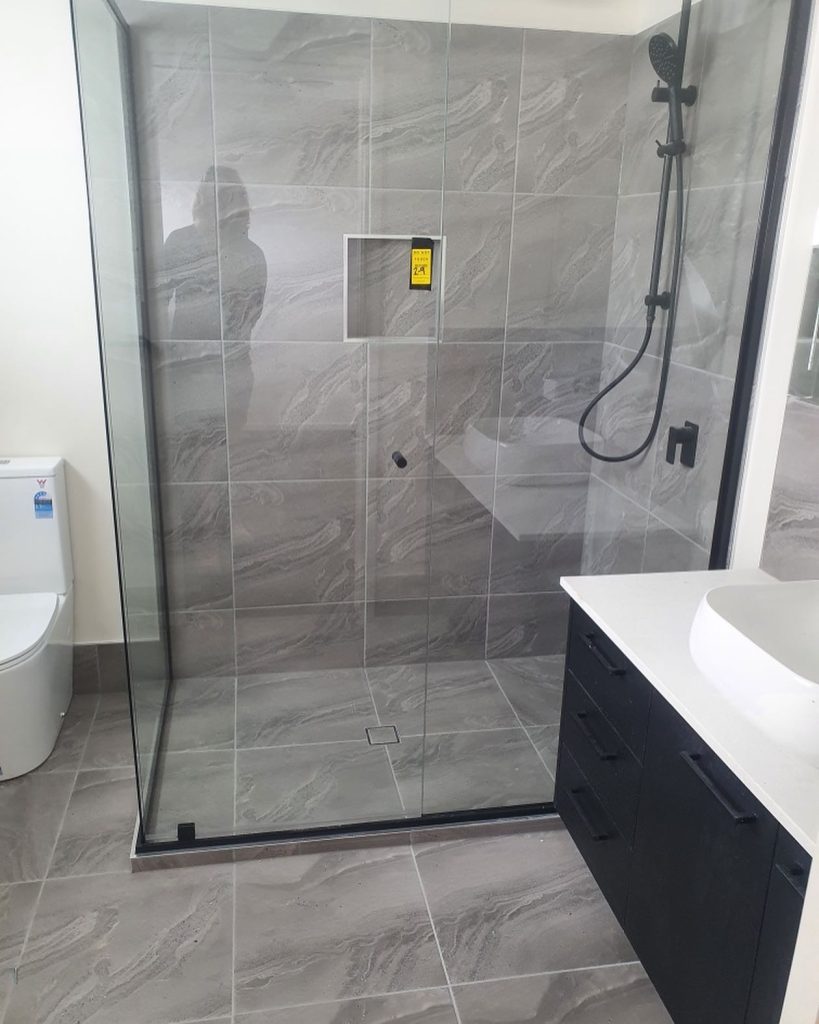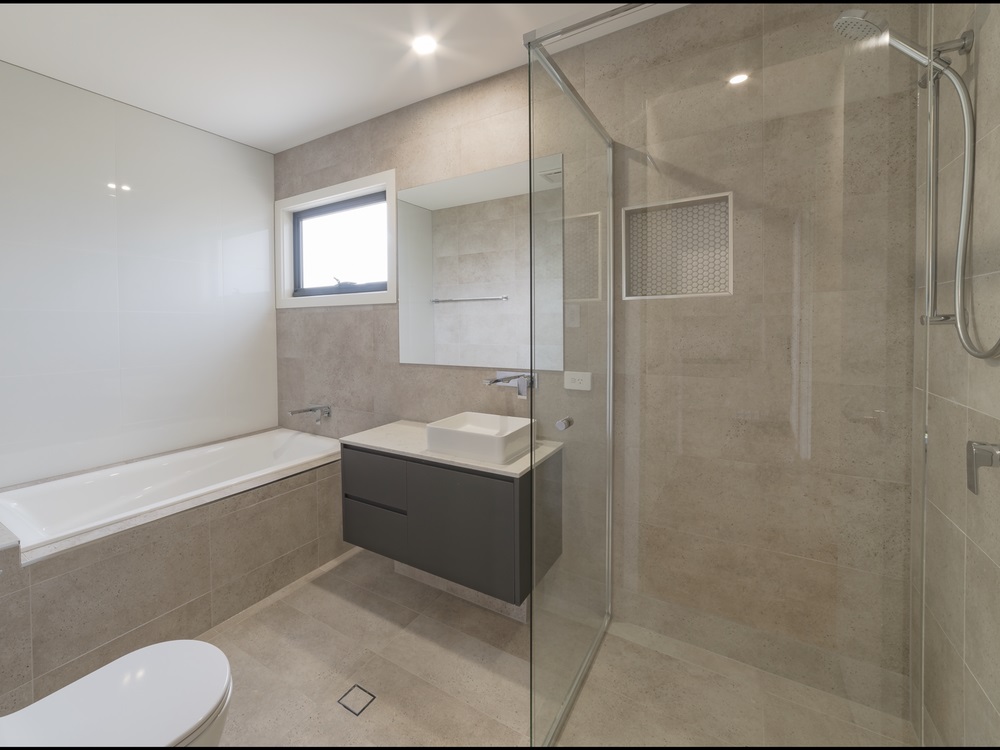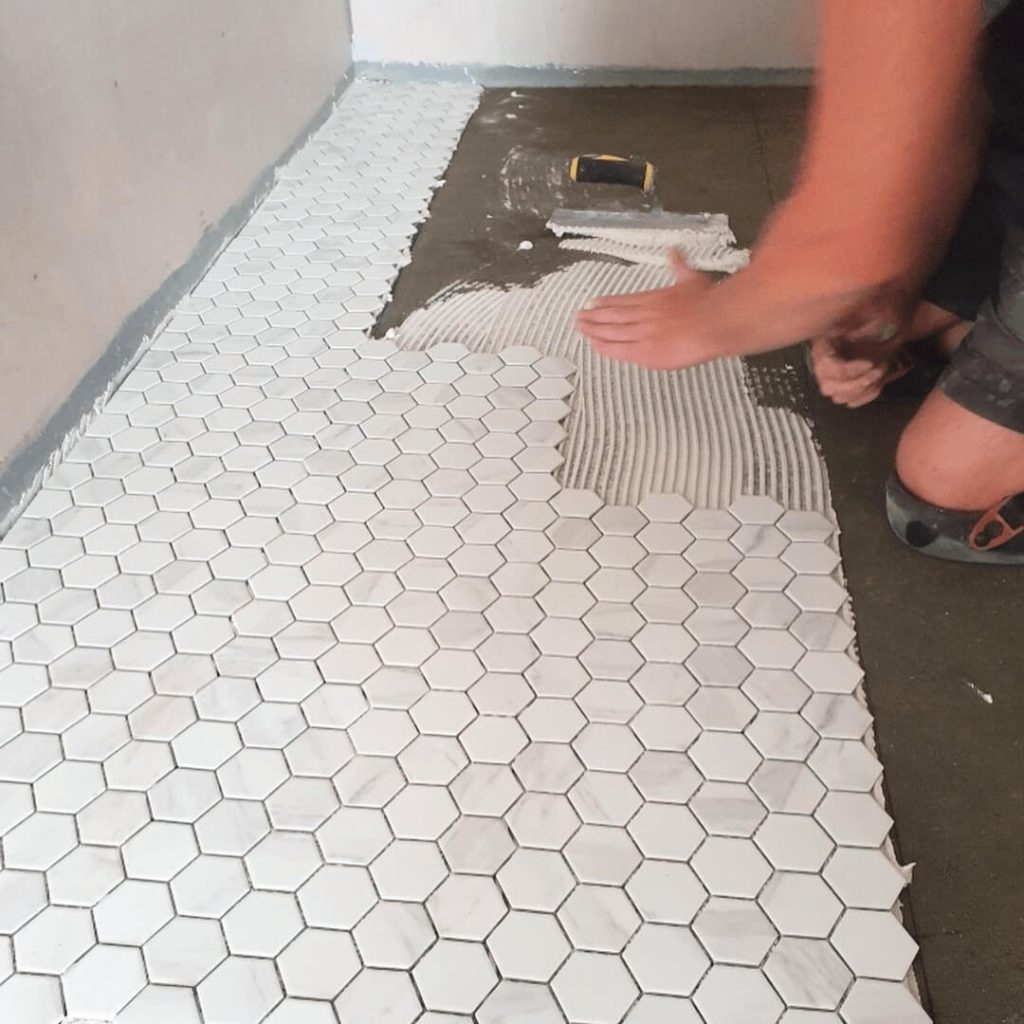Essential Guidelines for Choosing the Ideal Bathroom Tiles: Prioritise porcelain tiles as your leading option for flooring, assess the suitable thickness of tiles for both walls and floors, ensure batch consistency for optimal colour matching, verify slip ratings to ensure safety on bathroom floors, and allocate your budget wisely for feature areas in your design.
Utilise high-quality tiles strategically to craft a stunning visual impact, while selecting standard-sized tiles to maintain manageable installation costs.
Navigating the process of selecting tiles for a bathroom renovation can be overwhelming due to the extensive selection of options, many of which appear nearly identical in shades such as white, beige, and grey. This similarity can complicate the decision-making process, particularly when considering the diverse price ranges.
By educating yourself about the intricacies of tile pricing and recognising the key factors that affect your selections, you can make informed decisions that prevent costly mistakes, save money, and achieve a luxurious finish that genuinely reflects your personal style.
This comprehensive guide offers invaluable insights for Brisbane homeowners, empowering them with the knowledge to make intelligent, budget-conscious decisions when selecting bathroom tiles.

Key Elements Affecting Tile Pricing: An In-Depth Analysis
Assessing Material Composition for Optimal Durability
<a href=”https://writebuff.com/choosing-the-perfect-tiles-for-your-new-bathroom-guide/”>Porcelain tiles</a> are widely recognised for their remarkable density, lower porosity, and outstanding durability compared to conventional ceramic tiles. Manufactured from finer grades of clay and subjected to higher firing temperatures, porcelain tiles demonstrate enhanced strength, which is often reflected in their elevated price point.
In bathroom settings, where exposure to moisture and long-lasting performance are crucial, investing in porcelain tiles is frequently a wise decision. Nonetheless, it is important to acknowledge that ceramic tiles have experienced significant advancements in recent years, providing budget-friendly alternatives that are well-suited for walls and areas with less foot traffic.
Understanding How Tile Manufacturing Processes Affect Quality and Cost
The overall quality of tiles is shaped by more than just their material composition; the manufacturing processes significantly impact their characteristics and performance.
Single-fired tiles are generally more affordable but may display inconsistent quality across different batches. Conversely, double-fired tiles offer richer finishes, a broader spectrum of vibrant colours, and enhanced durability, making them a sound investment for discerning homeowners seeking high-quality renovations.
Tiles featuring rectified edges are meticulously cut using state-of-the-art machinery to ensure uniformity in dimensions and shape. While these tiles typically command higher prices, they facilitate minimal grout lines, resulting in a seamless and modern appearance that is highly desirable in contemporary bathroom designs.
The Significance of Tile Thickness for Ensuring Structural Integrity
When selecting tiles, it is vital to understand that tiles intended for flooring applications must be thicker and more robust than those designed for wall installations.
For example, wall tiles commonly range in thickness from 6 to 8mm, while floor tiles generally measure between 8 and 12mm.
- Wall tiles typically measure between 6–8mm thick.
- Floor tiles generally range from 8–12mm thick.
Investing in thick, heavy-duty tiles when only wall coverage is required can result in unnecessary financial strain. It is essential to align the tile thickness with the intended installation area to optimise your budget effectively.
Navigating Brand Reputation and Quality in Tile Selection
The branding landscape within the tile industry can often lead to inflated prices without a corresponding enhancement in quality.
Well-known European brands such as Porcelanosa and Marazzi frequently command premium prices based on their established reputations rather than their actual quality.
Homeowners in Brisbane should focus on evaluating the genuine quality of the materials, the firing techniques utilised, and slip resistance ratings, rather than placing excessive importance on brand names during their selection process.

Practical Strategies for Maximising Your Tile Budget
By making careful and informed decisions, you can achieve a sophisticated bathroom appearance without exceeding your financial limits. Below are some actionable strategies to optimise your tile expenditure.
Mix Premium and Standard Tiles:
Incorporate luxurious feature tiles on a focal wall or within a specific niche, while employing more economical tiles in less visible areas, ensuring a balance between elegance and cost-effectiveness.
Choose Larger Format Tiles:
Larger tiles, such as those measuring 600x600mm, cover a greater surface area with fewer grout lines, creating an illusion of spaciousness in smaller bathrooms while also minimising installation labour costs.
Stick to Standard Sizes:
Opting for non-standard tile sizes can significantly increase both purchase and installation expenses. Choosing standard sizes will ensure maximum savings.
Take Advantage of Clearance or End-of-Run Stock:
High-quality tiles are often available at discounted rates towards the end of production runs. Purchasing discontinued tiles can lead to substantial savings; however, be sure to acquire an additional 10–15% for future maintenance needs.
Prioritise Durable Tiles for Floors and High-Traffic Areas:
Allocate a larger portion of your budget towards tiles intended for flooring and wet zones, where durability is essential, while opting for cost-effective options in dry or low-traffic spaces to enhance your overall value.
Recognising Quality Differences in Bathroom Tiles
Although many bathroom tiles may seem similar at first glance, significant differences exist beneath the surface that can greatly affect the outcome of your renovation.
Shade Consistency:
Inexpensive tiles often display inconsistent colours across production batches. Always check batch numbers prior to making a purchase to avoid mismatches that could disrupt the aesthetic of your space.
Glazing Quality:
Low-quality glazes can chip and stain more rapidly. High-quality glazing is resistant to scratching and absorbs less moisture, which is especially crucial in wet areas like showers.
Porosity Levels:
Tiles with high porosity can lead to water ingress and cracking over time, a common issue associated with lower-cost ceramics. Ensuring low porosity is vital for maintaining the structural integrity of your bathroom.
Slip Resistance Ratings:
Bathroom floor tiles should meet or exceed an R10 slip resistance rating according to Australian standards to ensure safety in wet conditions and prevent accidents.
Neglecting to evaluate these factors can transform what seems to be a simple tile choice into a costly repair and replacement scenario.
Comprehending the Financial Implications of Grout Selection in Your Bathroom
While the choice of tiles establishes the overall aesthetic for your bathroom, the selection of grout plays an equally significant role, as it profoundly affects durability, visual appeal, and maintenance requirements.
Assessing Grout Costs and Material Options for Optimal Bathroom Performance
Standard Budget Grout:
Traditional cement-based grouts are economical and suitable for low-moisture environments. However, they are porous and may discolour or crack over time, particularly in showers and high-traffic bathrooms.
Premium Grout Options:
Epoxy-based grouts or those modified with polymers resist stains, cracking, and moisture absorption. Although their initial costs are higher, they often provide long-term savings by minimising maintenance and repair needs.
Premium grout options also offer vibrant, enduring colours that maintain their brilliance even with daily use.
The Financial Impact of Tile Size on Grout Costs in Your Renovation
Smaller tiles necessitate a greater quantity of grout, influencing both material and labour costs.
- Mosaic and small-format tiles require substantially more grout, both in terms of volume and labour during the installation phase.
- Large-format tiles (600x600mm or larger) minimise grout lines, resulting in reduced material and labour costs.
If you opt for smaller tiles for aesthetic reasons (such as penny rounds or subway patterns), ensure to budget for premium grout. The visibility of grout lines heightens the importance of using a durable, stain-resistant product to uphold the integrity of your design.

Your Comprehensive Tile Purchasing Checklist for Bathroom Renovations
- Prioritise porcelain tiles for floors and wet areas to ensure durability.
- Select ceramic tiles for walls when suitable to balance cost and functionality.
- Confirm tile thickness based on the intended installation area for suitability.
- Verify batch consistency to prevent colour mismatches that could disrupt your design.
- Check slip ratings, especially for bathroom flooring, to ensure safety.
- Invest in higher-quality tiles for floors and splash zones for lasting results.
- Be strategic: allocate your budget wisely, splurging selectively on areas that create visual impact.
Feel free to reach out to us for more innovative tiling ideas that can help keep your bathroom renovation within budget while achieving a stylish and functional space.
The Article: Tile Selection to Maintain Your Bathroom Renovation Budget first appeared on https://writebuff.com
The Article Tile Selection for Budget-Friendly Bathroom Renovations Was Found On https://limitsofstrategy.com
The Article Budget-Friendly Bathroom Renovations: Tile Selection Tips found first on https://electroquench.com

